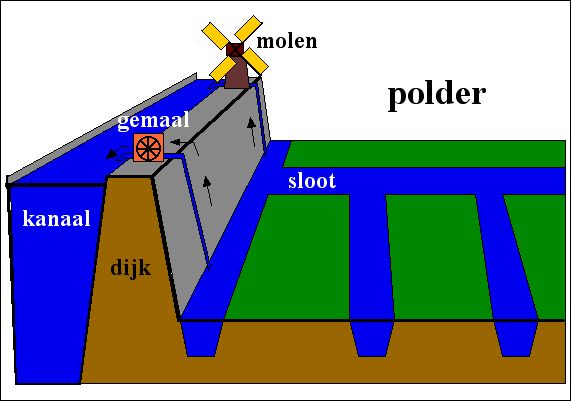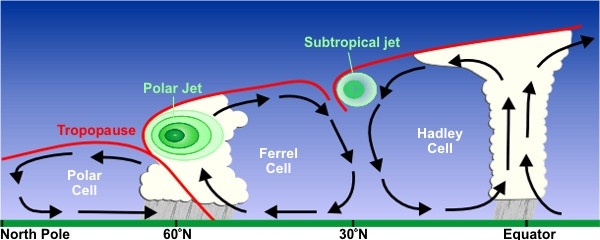The size of the population in areas is continuously changing.
These changes are caused by different factors:
1 - Births and deaths are natural causes of population change.
Births - usually measured using the birth rate (number of live births per 1,000 of the population per year). Deaths - usually measured using the death rate (number of deaths per 1,000 of the population per year). The difference between the birth rate and the death rate of a country or place is called the natural increase. The natural increase is calculated by subtracting the death rate from the birth rate.
natural increase = birth rate - death rate
2 – Migration is a cause of population change. Migration is the movement of people within or between areas. Migration occurs at all scale levels.
- An emigrant is a person who leaves one country to settle permanently in another. Emigration describes the move relative to the departure.
- An immigrant is a person who enters a country to settle permanently in another. Immigration describes the move relative to the point of destination.
















